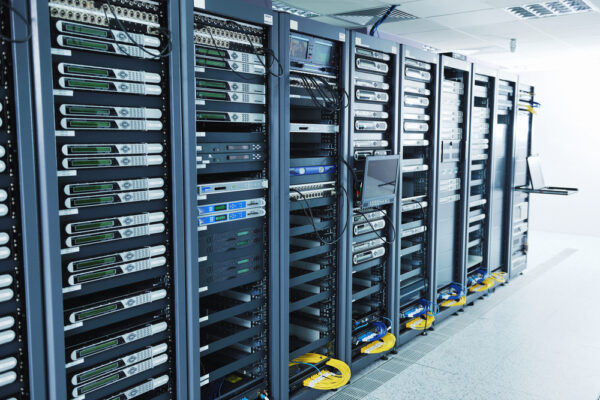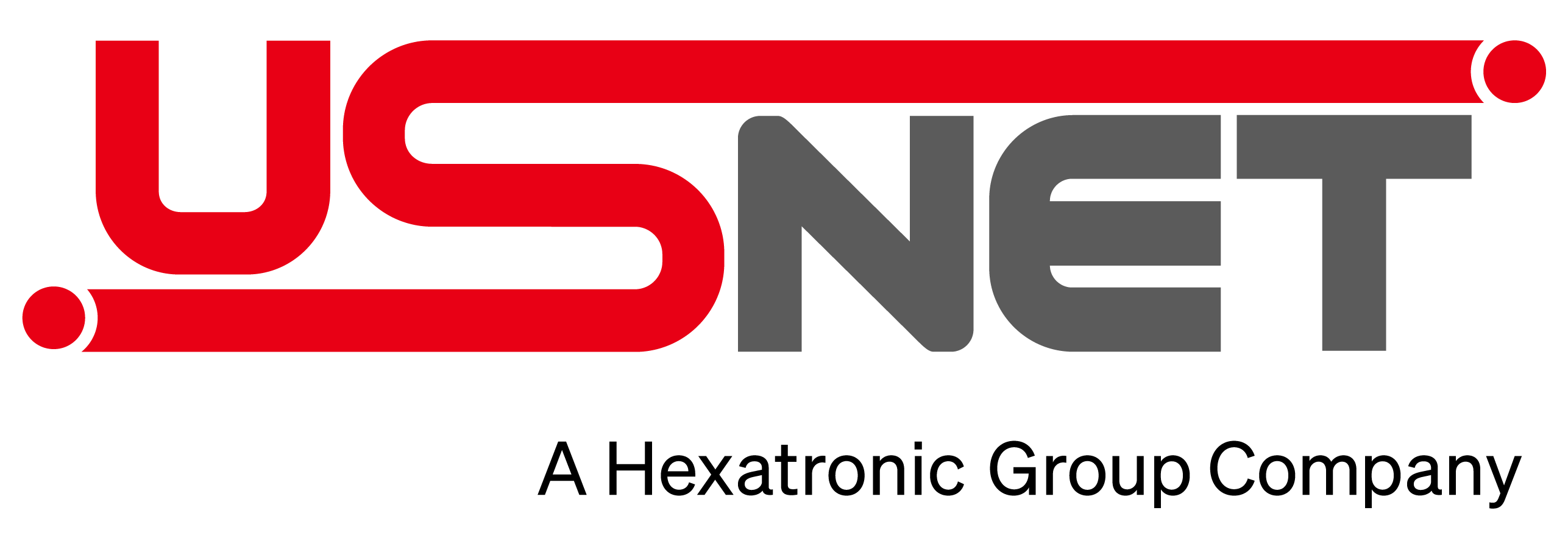
Data centers have become the unsung heroes of the digital age. Without these massive facilities humming away behind the scenes, our internet-connected lives would grind to a halt. But as data demands continue to explode, designing efficient, scalable, and reliable data centers has become increasingly complex. This is where two essential design elements come into play: standardization and modularity.
Benefits of standardization
In the context of data center design, standardization refers to the consistent use of predefined components, practices, and layouts across the facility. Standardization allows for several foundational benefits that justify uniformity in modern data center design:
- Affordability: Standardized components (racks, servers, and layouts) lead to economies of scale, meaning cheaper procurement, easier deployment, and streamlined maintenance. You buy in bulk, deploy faster, and fix things quicker.
- Efficiency: Standardized practices make operations predictable and optimized. Everyone knows the drill, resulting in less wasted time and resources. If and when problems arise, the approach to resolving them is recognized and repeatable.
- Scalability: Standardized building blocks enable easy expansion and adaptation to changing needs. The data center grows smoothly without major headaches and is easily configured at its new scale.
- Reliability: When everything follows the same blueprint, errors are minimized. Consistent practices and components translate to fewer hiccups and more uptime. Think of it as building your data center with strong, reliable bricks.

The power of modularity
Imagine your data center built like a set of interconnected blocks instead of a monolithic structure. The concept of modularity revolves around the construction and operation of a data center using self-contained, interchangeable units. The benefits are substantial:
- Flexibility: With modular systems, simply add prefabricated units like building blocks for rapid deployment and adaptation.
- Serviceability: Modular design makes replacing or upgrading components a breeze. Just swap one component for another without impacting the entire system. It’s ideal for creating redundancies and failsafe protocols.
- Resilience: System failures will happen, but with modularity, they’re isolated. A faulty “block” can be replaced quickly while the rest of the data center keeps humming. Downtime becomes less of a worry.
- Future-proof: Technology evolves rapidly, but modularity adapts. New modules can be integrated seamlessly, allowing a data center to implement emerging technologies.
Striking a balance
The data center of the future doesn’t just employ standardization and modularity. The key lies in harmonizing these concepts. While both offer significant benefits, overdoing either can come with drawbacks.
Strict standardization can hinder innovation and adaptability. Likewise, standardizing everything may stifle exploring new technologies or processes. Unconstrained modularity also creates pitfalls. Too much modularity can lead to increased complexity in managing and maintaining diverse components. Meanwhile, highly customized modular systems might be more expensive due to lower economies of scale compared to standardized components.
Striking a balance between standardization and modularity comes down to understanding their limitations while leveraging their benefits. For example, data center designers can strive to combine the efficiency and cost-effectiveness of standardization with the flexibility and future-proofing of modularity.
Data centers are complex systems, and the optimal balance will vary depending on the organization’s specific needs and goals. Finding the sweet spot between standardization and modularity is crucial for building efficient, scalable, and resilient data centers ready for the future.

Data centers demand thoughtful design
Data centers are no longer just server rooms; they’re the hearts of our increasingly interconnected world. As data demands surge ever higher, building data centers that are nimble and adaptable becomes paramount. By embracing standardization and modularity, we can design data centers that hum with efficiency, scale effortlessly to meet future needs, and bounce back from any hiccup with unwavering resilience.

Recent Comments